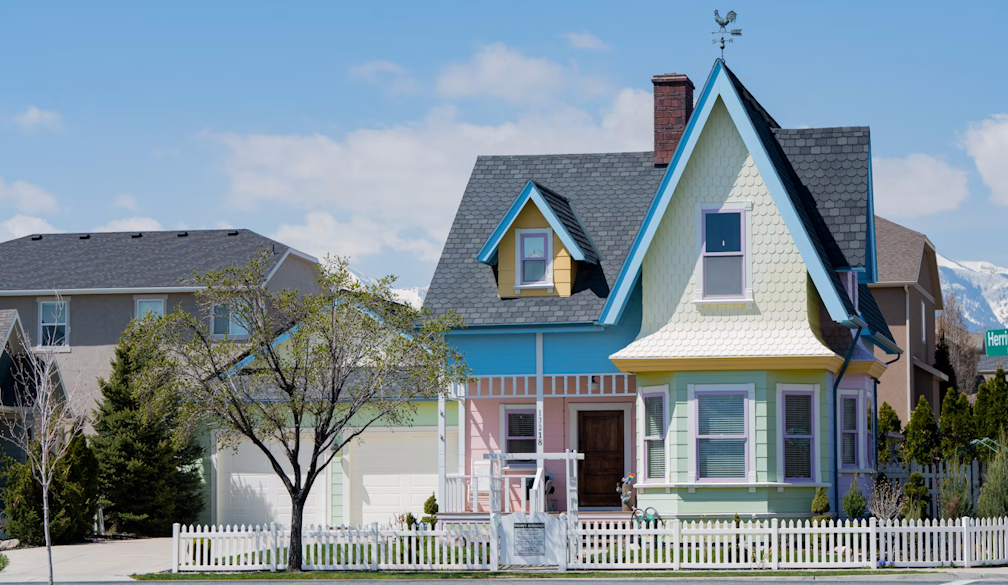Common Mistakes to Avoid When Designing a Custom Home

Designing a custom home is one of the most exciting journeys a homeowner can embark on. It’s your opportunity to create a space that reflects your lifestyle, suits your family’s needs, and captures your personal aesthetic. However, without careful planning and professional guidance, the process can be fraught with pitfalls. Whether you’re building on a vacant block or planning to knock down an older home and start fresh, avoiding the most common design mistakes is key to ensuring a successful and stress-free build.
Not Future-Proofing the Design
One of the biggest oversights in custom home design is failing to plan for the future. Your home should suit your lifestyle today—but also in five, ten or even twenty years. Families grow, children become teenagers, and working from home becomes the norm. Consider flexible spaces that can evolve over time, such as an extra bedroom that could later serve as a home office, guest room or even a teenager’s retreat.
Neglecting Orientation and Natural Light
Overlooking the block’s orientation can impact everything from your home’s energy efficiency to your day-to-day comfort. A well-designed home will maximise natural light and ventilation, reducing your reliance on heating and cooling systems. North-facing living areas, thoughtfully placed windows, and shaded outdoor zones can make a significant difference to your lifestyle—and your power bill.
Poor Space Planning
Getting the floorplan right is crucial. Rooms that are too small, hallways that are too narrow, or awkward transitions between zones can quickly turn a beautiful home into a frustrating one. Pay special attention to storage, the kitchen layout, and the connection between indoor and outdoor living areas. Remember, it’s not just about square metres—it’s about how those metres work for you.
Ignoring Your Budget Boundaries
It’s easy to get swept up in the excitement of designing your dream home and lose sight of your financial limits. Custom features, high-end finishes, and layout changes can quickly add up. To avoid budget blowouts, work closely with your builder and designer from the start to set realistic expectations. Always allow a contingency for unexpected costs.
Forgetting Council and Regulatory Requirements
Every site has its own zoning rules, overlays, and building regulations. Designing a home without considering these from the outset can result in costly redesigns or delays. Whether you’re building from scratch or looking to knock down an older home in a suburban area, it’s vital to work with professionals who understand local planning guidelines and can help navigate the approvals process.
Overlooking the Importance of a Cohesive Style
A custom home is your chance to bring your design vision to life—but consistency is key. Mixing too many styles, colours, or architectural elements can lead to a disjointed appearance. Work with an interior designer or architect to establish a clear design theme, ensuring all elements—from the façade to the flooring—feel harmonious.
Not Prioritising Sustainability
Sustainable design isn’t just good for the environment—it’s smart living. Choosing energy-efficient appliances, insulation, double glazing, and water-wise fixtures will add long-term value to your home. Thoughtful design decisions now can mean lower bills and a smaller environmental footprint later.
Ready to get started?
Designing a custom home is a rewarding process, but it comes with its challenges. By avoiding these common mistakes and working with experienced professionals, you can ensure your new home is not only beautiful but functional, future-proof, and built to last.

